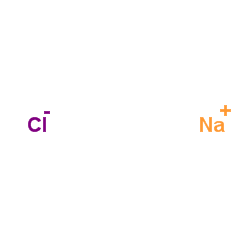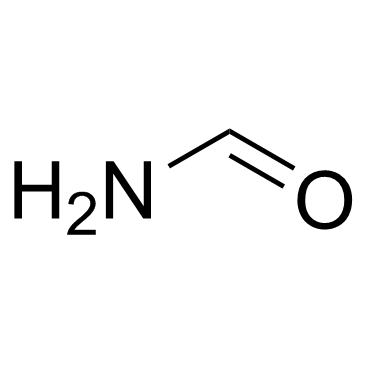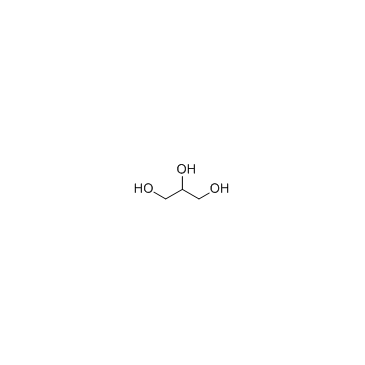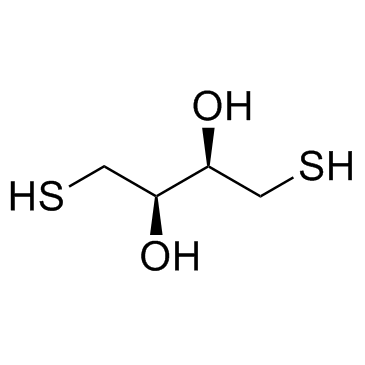| Structure | Name/CAS No. | Articles |
|---|---|---|
 |
Sodium hydroxide
CAS:1310-73-2 |
|
 |
sodium chloride
CAS:7647-14-5 |
|
 |
Ethanol
CAS:64-17-5 |
|
 |
sodium dodecyl sulfate
CAS:151-21-3 |
|
 |
Formamide
CAS:75-12-7 |
|
 |
3-Ethyl-2,4-pentanedione
CAS:1540-34-7 |
|
 |
SODIUM CHLORIDE-35 CL
CAS:20510-55-8 |
|
 |
Glycerol
CAS:56-81-5 |
|
 |
Bromophenol Blue
CAS:115-39-9 |
|
 |
DL-Dithiothreitol
CAS:3483-12-3 |